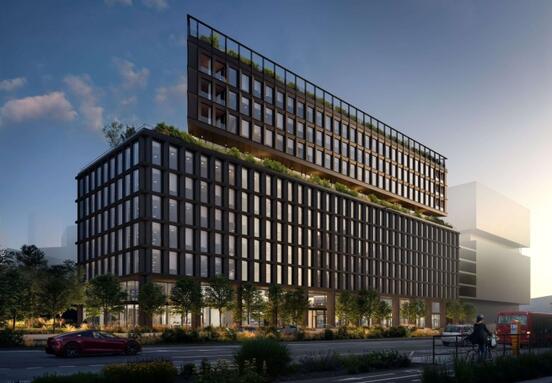The Growing Challenge of Sedentary Lifestyles in the Workplace
For many employees, long hours behind a computer screen with minimal movement have become the daily norm. This sedentary lifestyle is increasingly linked to a range of modern civilization diseases, posing a significant challenge for businesses aiming to maintain a healthy and productive workforce. Recent data from the Union health insurance company reveals a concerning trend: the share of policyholders suffering from such issues has risen over the past decade.
Hemorrhoids: A Revealing Example of Sedentary Work's Impact
One of the most widespread civilizational diseases highlighted is hemorrhoids, traditionally associated with older individuals but now affecting increasingly younger people. A recent survey indicated that up to one-third of the Slovak population experienced this condition within the last twelve months. In 2024, Union recorded 5,889 insured individuals undergoing treatment for hemorrhoids. MUDr. Ingrid Dúbravová, a medical reviewer at Union, explains that these are typical "sedentary job diseases," resulting from a combination of insufficient movement, poor diet, prolonged sitting, and often stress.
Union's data shows that men are more frequently affected (3,136 men vs. 2,753 women), with the highest incidence among patients aged 38 to 48. This age group represents the peak productive years, where the cumulative effects of a long-term sedentary lifestyle begin to manifest. Employees in their productive years often spend eight or more hours daily at a computer, leading to a loss of natural movement, subsequently causing back pain and vascular problems.
Why Your Office Environment is Key to Employee Health
The stable increase in health issues like hemorrhoids over the past decade, especially among younger cohorts, underscores a critical need for preventative measures and lifestyle changes, particularly within the workplace. Businesses seeking new office or warehouse spaces should consider how the environment can either exacerbate or alleviate these health concerns.
Creating a Health-Conscious Workspace
- Ergonomic Design: Invest in ergonomic chairs, standing desks, and adjustable workstations to reduce strain and encourage varied postures throughout the day.
- Movement Zones: Design office layouts that encourage movement. This could include breakout areas, quiet zones requiring a short walk, or even designated stretching spaces.
- Promoting Breaks: Integrate technology or cultural norms that encourage short, regular breaks for walking, stretching, or simply standing away from the desk.
- Hydration and Nutrition: Provide accessible water dispensers and encourage healthy eating habits, supporting a diet rich in fiber that can prevent many sedentary-related issues.
The Business Benefits of a Healthy Office
Investing in a health-conscious office environment extends beyond employee well-being; it translates directly into tangible business advantages:
- Increased Productivity: Healthy employees are more focused, energetic, and less prone to discomfort that distracts from work.
- Reduced Absenteeism: Proactive health measures can decrease sick days related to chronic conditions.
- Higher Employee Morale and Retention: A company that prioritizes its employees' health fosters a positive work culture, attracting and retaining top talent.
- Long-term Cost Savings: Preventing health issues can reduce healthcare costs and the need for more complex, often surgical, interventions as highlighted by treatment data.
While treatments for conditions like hemorrhoids range from medication to surgical procedures (ligature, scalpel removal, stapler treatment), many cases could be avoided or managed with simpler lifestyle adjustments and early intervention. A supportive office environment plays a crucial role in enabling these preventative measures.
Conclusion: A Call for Proactive Office Design
As businesses evaluate potential office spaces, considering how the environment supports employee health and movement is no longer a luxury but a necessity. By choosing or designing spaces that actively promote well-being, companies can combat the rising tide of sedentary lifestyle diseases, ensuring a healthier, happier, and more productive workforce for years to come.
Source: kancelarie.sk







